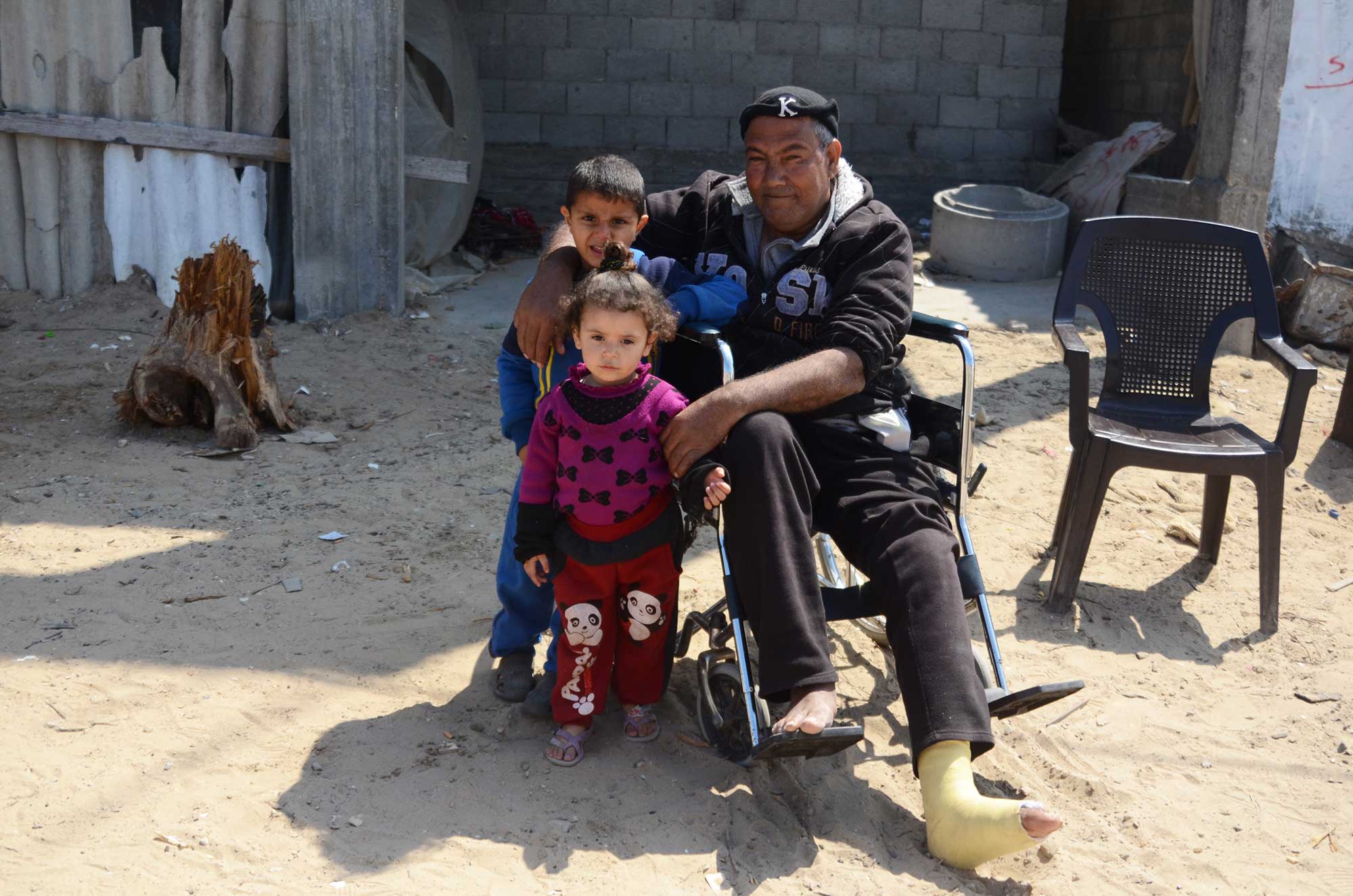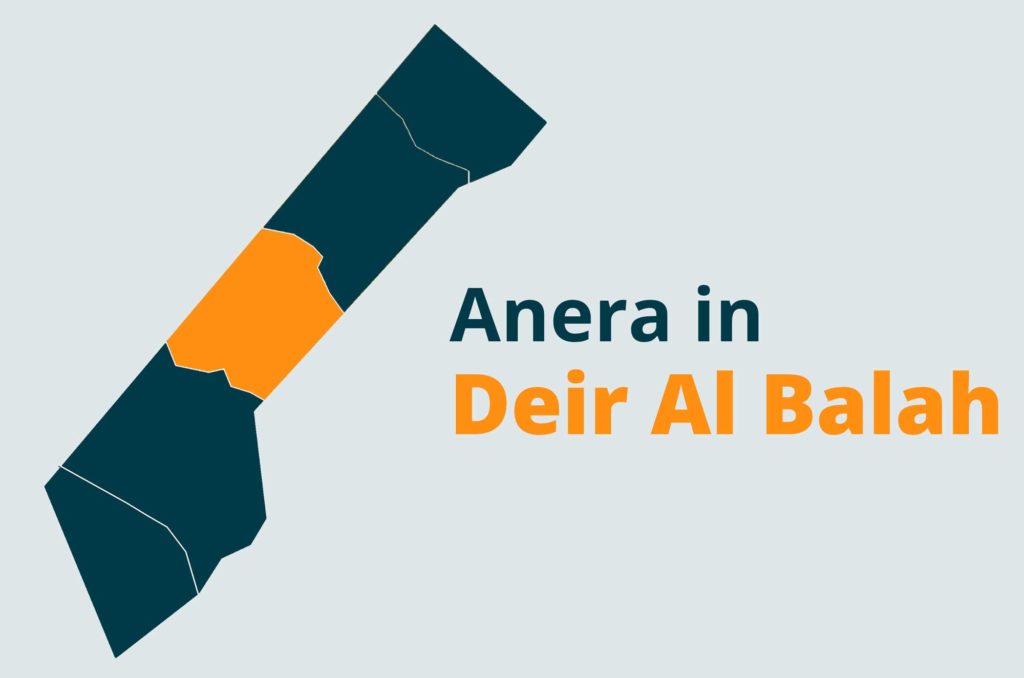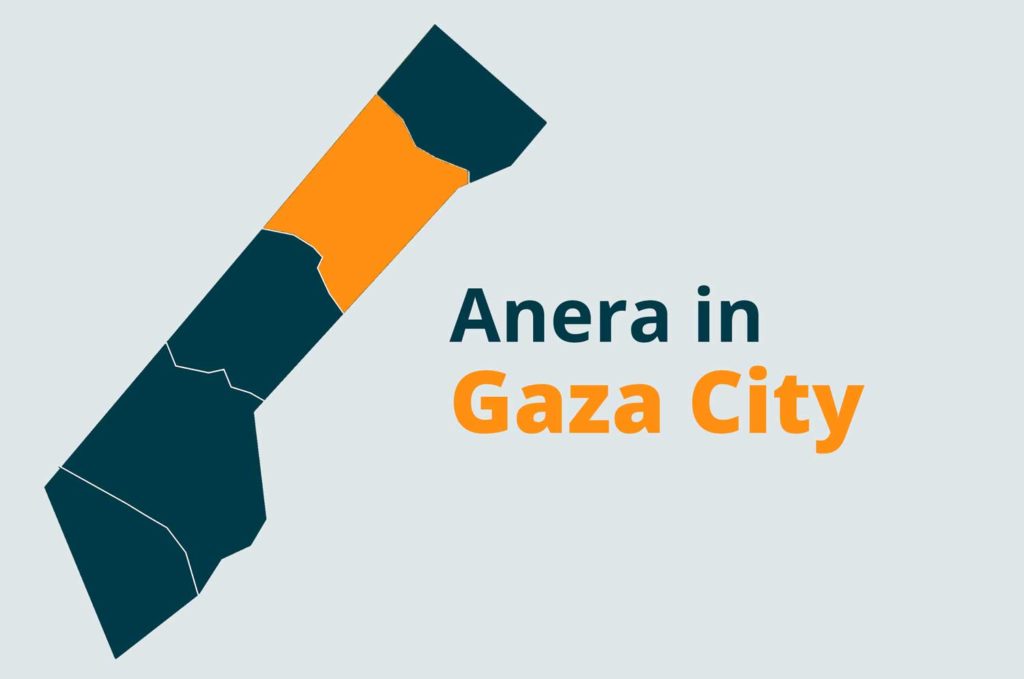Apr, 2015
Laila El-Hazeen took a deep sigh when she looked at the new clean street before her in Nuseirat, Gaza.
Her face showed signs of relief marking the end of a life-long struggle with unpleasant smell and unceasing worries day and night. “My children cross the street to go to school. I used to cautiously helped the younger ones by holding their hands, or my husband would carry them on his back. My older kids rolled up their pants’ legs to pass the overflowed streets hoping to reach schools clean and dry,” she said.
The mother of five children describes how it felt to live on this street before the new sanitation project was completed. “Before the wastewater network was installed, sewage used to flood into the streets of the neighborhood,” said Laila, who lives in an unfinished house with walls made of old sheets. Her own mother, Marriam, sits next to Laila and shares the same concerns: “Life before the wastewater project was terrible. A huge pool of sewage used to be here. It’s so threatening for the little ones,” she echoed.
Like many of the residents of Nuseirat, the family excavated a septic tank to cope with the lack of an appropriate drainage system. People discharged their sewage into those cesspits. The cesspits, often ‘homemade’, were inadequate and sewage would frequently overflow onto the streets.


The worst time of the year for us was during winter when the septic tanks would overflow, and the sewage would mix with the winter rain.
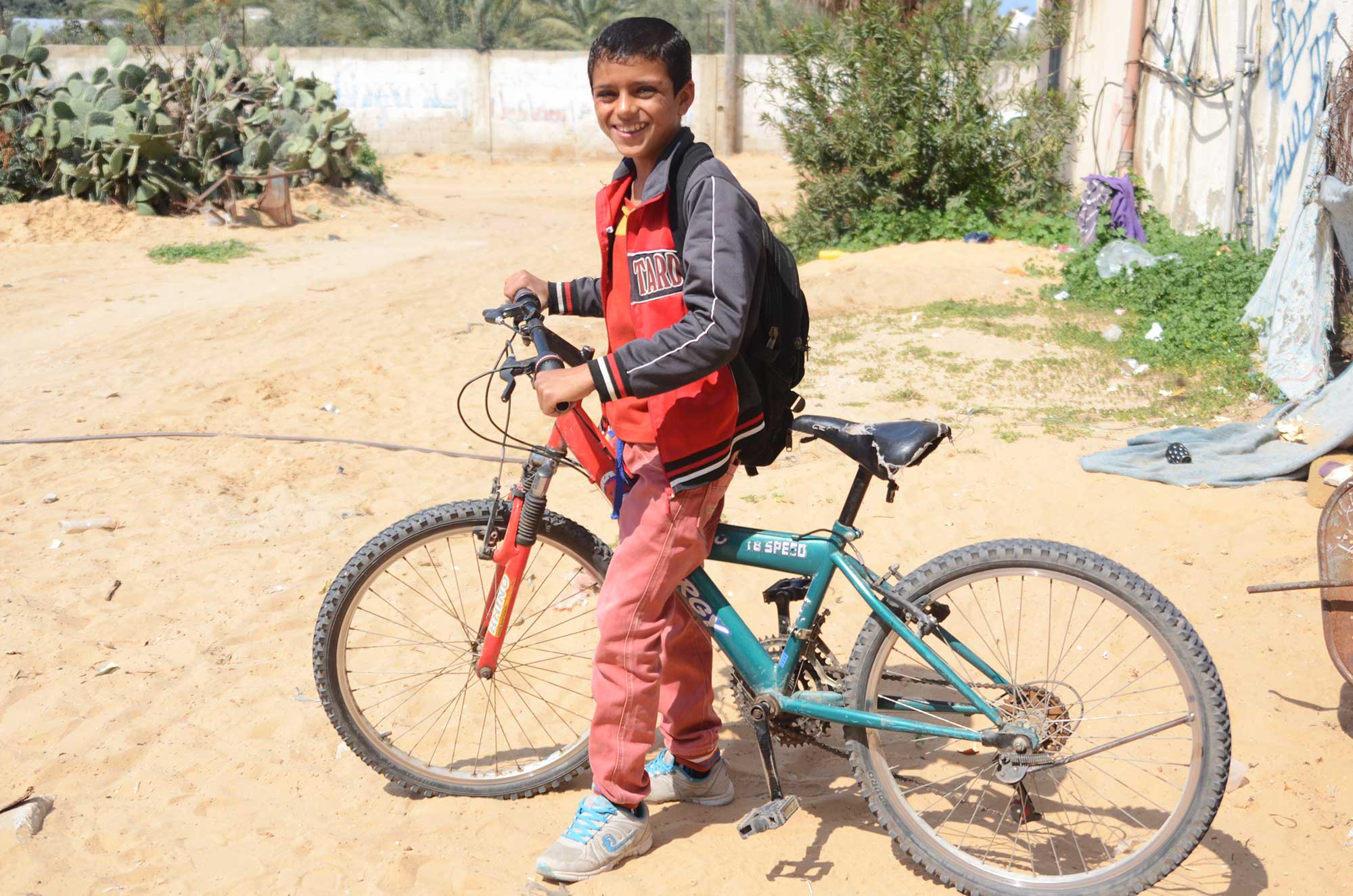

Yet the misery continued with twofold struggles: a horrible stench and hovering insects during summer and overflow of Gaza sewage in wintertime. “The worst time of the year for us was during winter when the septic tanks would overflow, and the sewage would mix with the winter rain. It was horrible. I was worried about my house being indulged with unsafe water.”
Moreover, the septic tanks had to be emptied by trucks; “We had to call the municipality trucks 3 times a month to empty them. Each time, it cost us 50 NIS (about $12.50),” Laila added.
With the completion of this project, Laila’s life is now easier. “We have already buried the old tanks. Now, we enjoy the clean street instead.”
Clean Streets Ease Life for Residents
Walking a bit further in the street, Isam El-Hazeen was chatting with his two grand kids. Despite the fact that he had a severe fracture in his left leg, he went out to enjoy the fresh breeze. “The situation was bad. It hurt us a lot when the cesspits flooded; they caused a huge problem,” said Isam, who has lived in this area for the past 10 years.
“We used to fear to open our windows. Infection was very common among children because of the sewage,” Isam explained. “I worried my grandchildren would be infected with diarrhea while playing out. We could not detain children all day long. They insisted to go outside for a bit to play with other kids,” he said. Now, he says the family is able to open the window to allow some fresh draft to flow inside the house. “I enjoy watching the kids playing with balls or on bikes.”


We used to fear to open our windows. Infection was very common among children because of the sewage.
The new efficient sewage disposal system helped to improve health and hygiene for 500 people in Nuseirat, so they can enjoy a better environment. This project is part of Phase II of the Urgent Water System Repair Project, funded by Islamic Relief USA, which aims to implement six sanitation systems in the most impoverished communities in Maghazi, Deir El Balah, Wadi Salqa, Nuseirat, Rafah and Shokat As Sufi.
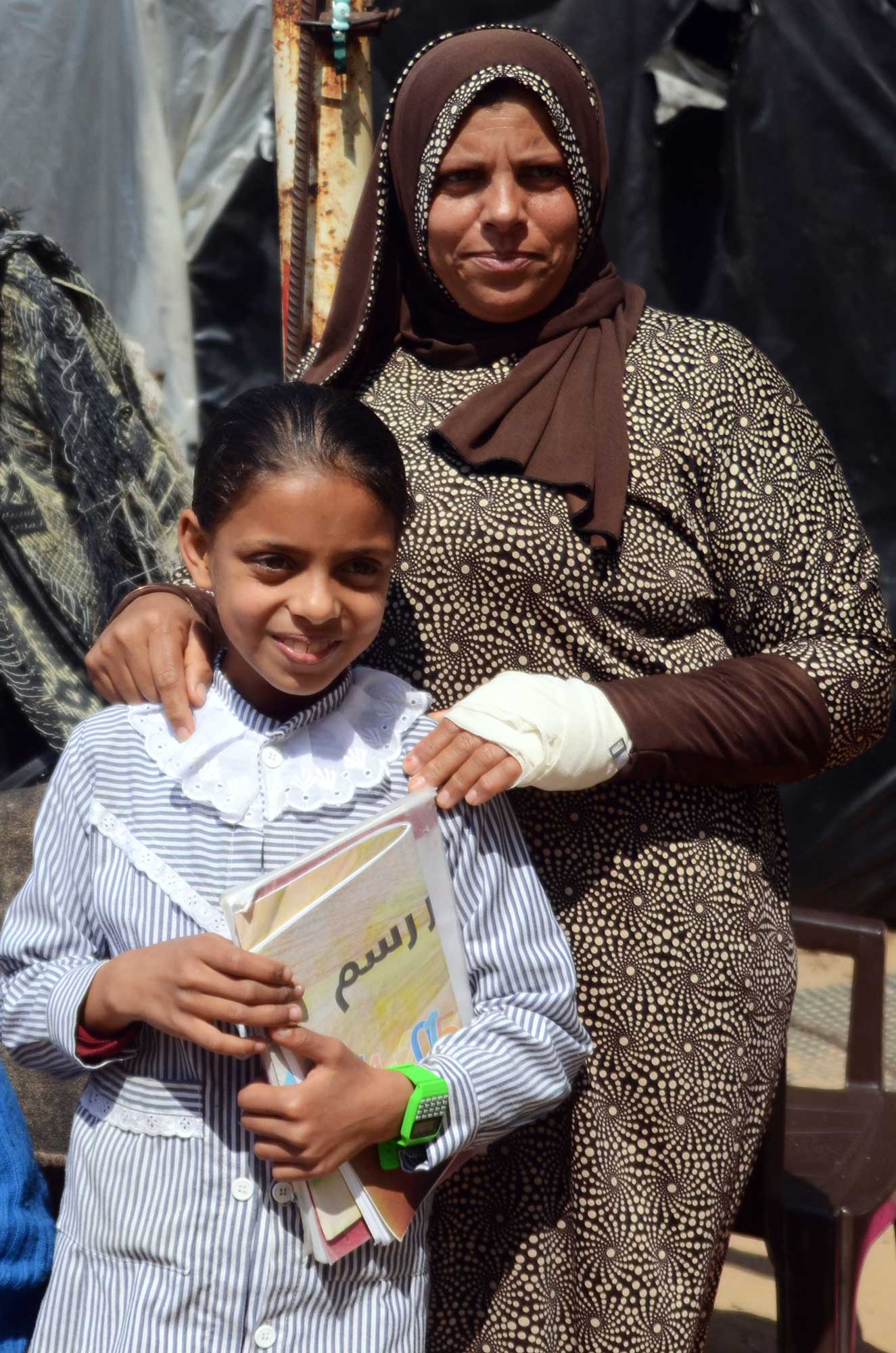

Anera recently completed 6 projects under Phase I, which improved water networks and household water connections for 5,000 individuals in war-ravaged areas of Gaza, generating a reliable source of water for cooking, showering and drinking.
The Urgent Water System Repair Project consists of three phases and aims to implement a total of 18 water and sanitation projects throughout different location in Gaza; reaching more than 12,000 beneficiaries by the end of the project in June 2015.
